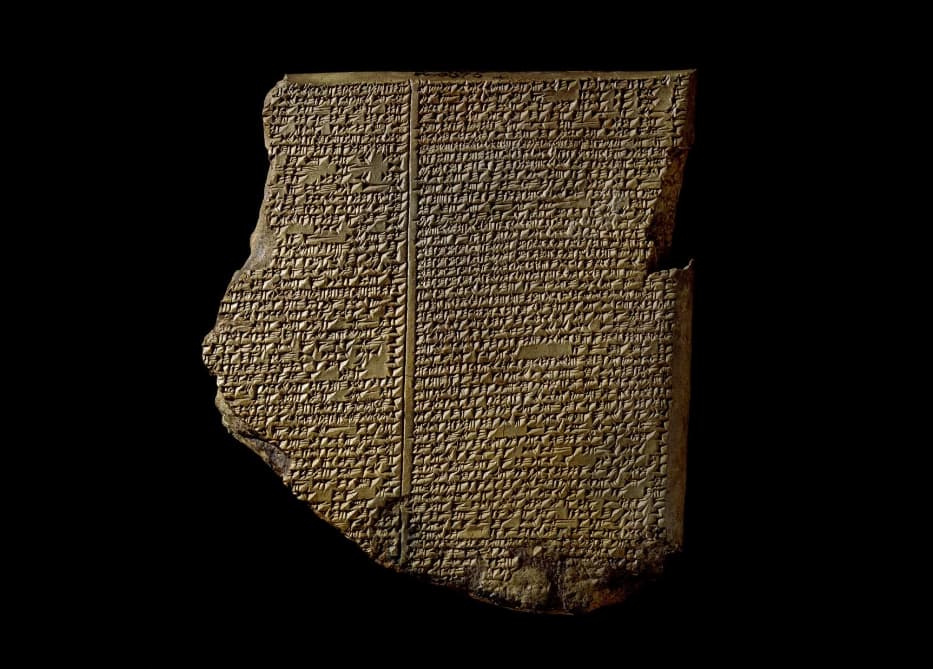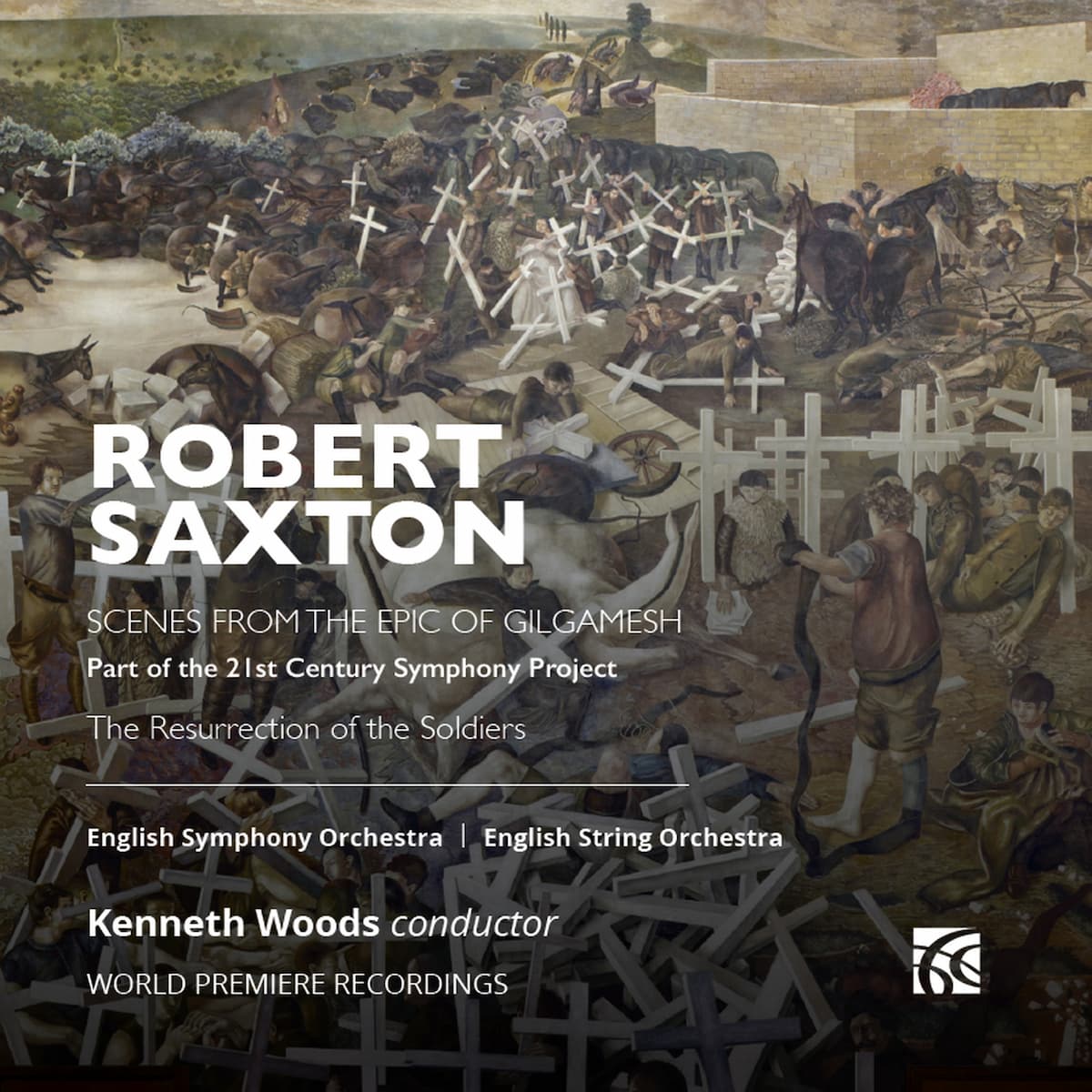The Epic of Gilgamesh comes from the civilization of ancient Mesopotamia. The story has come down to us in a set of tablets written in cuneiform from ca 2100–1200 BC. There are two major versions: the Old Babylonian, of which only a few tablets survive, and the Standard Babylonian, which was originally written on 12 tablets, not all of which have survived.

Epic of Gilgamesh, tablet 11, story of the Flood (British Museum)
It’s a story of conflict between the gods and Gilgamesh, king of Uruk. The gods wish to stop Gilgamesh from oppressing his people and send first the wild man, Enkidu. Gilgamesh defeats him and the two former enemies become friends. Together, they conquer the guardian of the Cedar Forest and cut down the sacred cedar. Gilgamesh and Enkidu defeat the next opponent, the Bull of Heaven sent by the goddess Ishtar. In retaliation, the gods kill Enkidu by giving him a fatal illness. Devastated by Enkidu’s death, Gilgamesh sets out to discover the secret to eternal life to learn in the end that ‘…when the gods created man, they let death be his share, and life withheld in their own hands’. As in most conflicts between humans and the gods, the gods win because they control the story.

Robert Saxton
English composer Robert Saxton for his symphonic work Scenes from the Epic of Gilgamesh, takes up fives scenes:
I. Prologue
The city of Uruk is suffering under King Gilgamesh’s rule. The gods send Enkidu, who is tamed by a temple prostitute. Musically, the musical letters of ‘G-I-L-G-A-M-E-S-H’ are established. These will underly the rest of the work.
Robert Saxton: Scenes from the Epic of Gilgamesh – I. Prologue
II. The Journey to the Forest of Cedar
Enkidu and Gilgamesh go to the Forest of Cedar to cut down the sacred tree to make a door for the Temple of Enlil, the divine rule of the Cosmos. They defeat Humbaba, the forest guardian
III. From Dawn to Dusk
Gilgamesh races against the sun, arriving at a garden of jewels just before sunset.
IV. Lament on the Death of Enkidu
Gilgamesh sings a lament on the death of his friend Enkidu.
V. Apotheosis
Seeking the secret of immortal life, Gilgamesh visits Ut Napishti, who has survived the Flood and was granted immortality by the gods. Ut Napishti sets Gilgamesh to a test that he ultimately fails and so he returns to Uruk to build what will become his own immortality: the city walls.
It’s rare for a symphony to cover such a topic and cover such ground. From personal battles against the gods to his ultimate defeat by their lack of recognition for his life, Gilgamesh has come to embody an epic that was the forerunner of all to follow – from the story of the flood in the Bible to the epics of Homer to today’s science fiction.
Saxton’s work is part of the English Symphony Orchestra’s 21st Century Symphony Project that was launched in 2017. The project was created by ESO Artistic Director Kenneth Woods and ‘the goal of the Project is to commission a group of works that will encourage orchestral audiences to re-think their relationship with the music of our time and to give leading composers the opportunity to work on one of music’s greatest canvasses’. The original scope of the project was nine symphonies by nine composers; Saxton’s is the sixth.
The recording also includes Saxton’s The Resurrection of the Soldiers for string orchestra. The title is the last of Stanley Spencer’s works at the Sandham Chapel about his experiences as a soldier in WWI.

Robert Saxton: Epic of Gilgamesh & The Resurrection of the Soldiers
English Symphony Orchestra and the English String Orchestra. Kenneth Woods, conductor
Nimbus NI 6447
Release date: 5 July 2024
Official Website
For more of the best in classical music, sign up for our E-Newsletter



